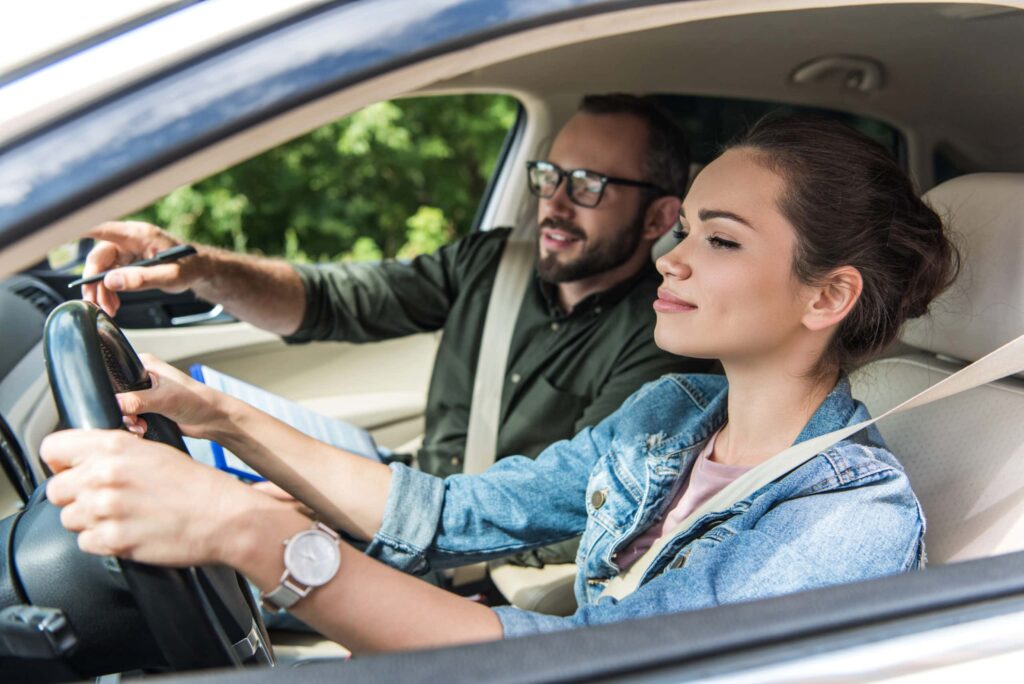It’s no secret that parallel parking can be one of the most nerve-wracking parts of the driver’s test. You’re expected to fit your car into a tight space while also abiding by certain rules and regulations. The good news is that if you take the time to practice and prepare, you can make the process a lot less intimidating. Here are a few tips to help you nail your parallel parking experience on the driver’s test!
1. Know Your Vehicle
Before attempting to parallel park, it’s important to get familiar with your vehicle and its dimensions. If possible, try to take some practice runs in a car similar to the one you will use for your test. The sizes and shapes of different vehicles vary greatly, so what works for a compact sedan won’t necessarily work for an SUV or truck. Knowing how close you can get to the curb, how much space you need when reversing, and where exactly to stop in relation to the curb are all important details that will help you successfully parallel park.
2. Take Your Time
One of the biggest mistakes people make when parallel parking is rushing through it out of fear or panic; however, this only increases the chances of an accident or failed attempt at parking correctly. Take slow, deep breaths and focus on each step without rushing. This will help reduce any anxiety related to parallel parking and ensure everything is done correctly, with plenty of time left over for other tasks during your driving test.
3. Check Your Mirrors
Before even pulling up to the spot, check all of your mirrors so that you know what obstacles you may be facing. On your driver’s test, you will likely be parking between some sort of cones, but it is best to make a habit of looking in your mirrors to check for other vehicles. Make sure to move your whole head rather than just your eyes when looking to ensure the person administering the driver’s test sees you are aware of your surroundings.
4. Pull Up Close Enough
When positioning yourself in front of the spot, it’s important not to pull up too close to the car you plan to park behind. Ideally, you should be approximately three feet away from the side of the vehicle.
You also need to be mindful of the distance between your car and the parking spot. If there’s too much distance between the two, it will require more room for maneuvering, making it harder and more stressful than necessary. Conversely, if you pull up too close, it could result in an accident which could result in a test failure. It will take some practice to get the hang of it.
5. Use Your Turn Signals
As you begin the process of parallel parking, make sure to use your turn signals in order to communicate your intentions to those around you. Meaning before you reverse, indicate with a turn signal that you’re doing so. This is an important part of the driver’s test, which many people overlook but can result in crucial points being taken off during the test.
6. Reverse Carefully
Once you have pulled up close enough to the spot and turned your turn signal on, it is time to reverse. Turn your steering wheel all the way to the right and reverse slowly. You should make about a 45-degree angle with your car and the curb. Once your car is at the correct angle, you can turn the steering wheel to the left and continue reversing to start straightening your vehicle. Readjust to ensure you are at a proper distance between both cones (or vehicles) and the curb. Keep vigilant and aware of your surroundings by checking your mirrors throughout this whole process.
With these six tips in mind, parallel parking doesn’t have to be as intimidating as it may seem! As long as you take your time and stay focused throughout each step without rushing things along out of fear or anxiety—you’ll be well on your way to passing that driver’s test.

